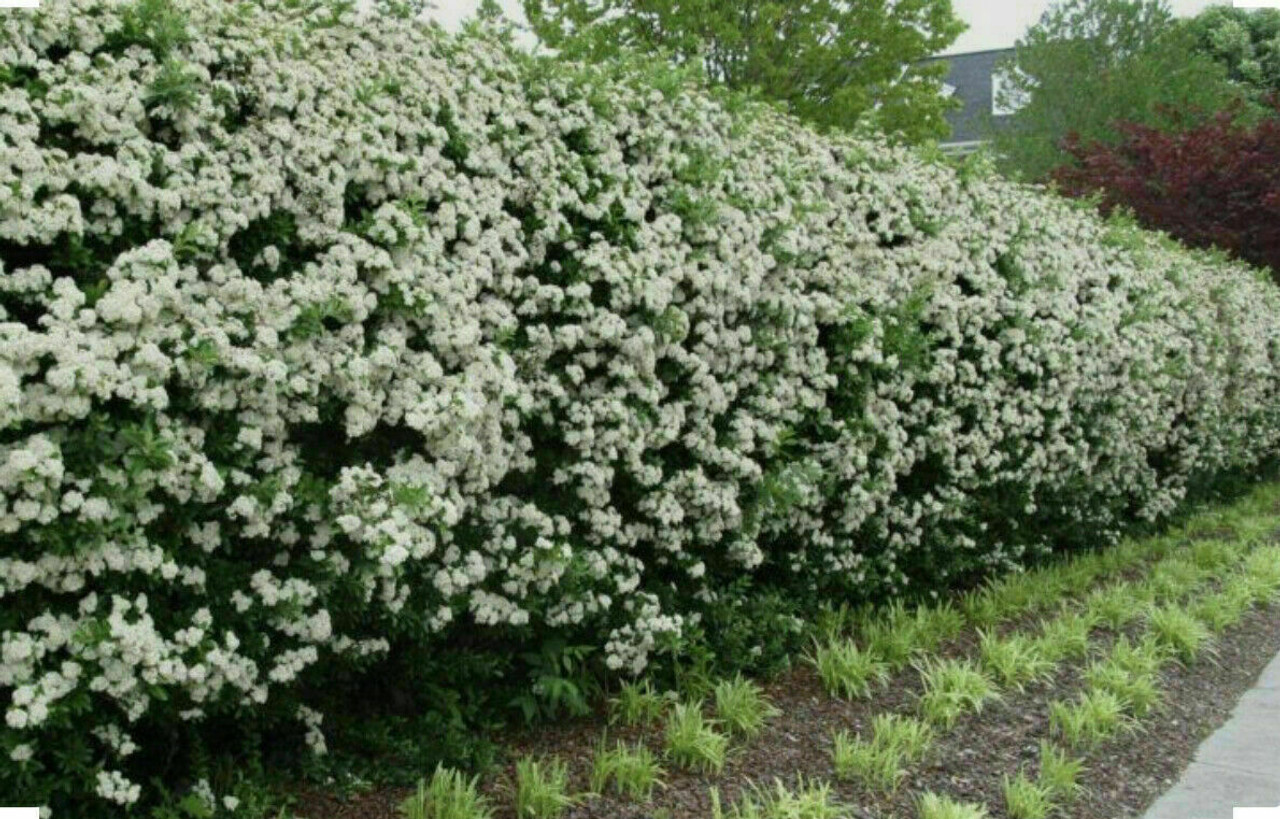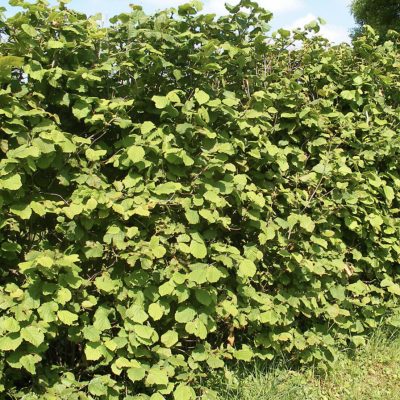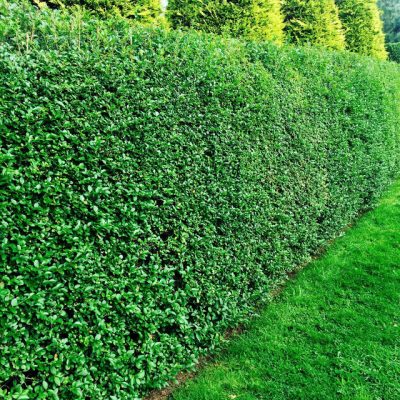Description
Plant Guide:
Bareroot plants are just that – plants with little or no soil on the roots. They are not actively growing at this time ( November – April ). The roots are exposed rather than in pots. Plants that are bare-rooted should be planted asap. The roots should be kept moist at all times while exposed. Bareroot plants may be dormant, but they are still alive and should be treated carefully. After receiving your plants prepare them for planting as soon as possible. If the roots are dry, pour some water over the roots to freshen them up before planting. Never leave exposed roots in the Sun. The best of all is to try to be ready to plant as soon as the plants arrive. If it is not possible to plant immediately, then place the plants in a tub with good drainage holes, and fill it with compost that covers the roots to protect against the elements. They should be planted within a few days. They can also be dug into a hole in the ground until ready to plant. When you are ready to plant, you can soak the plants in water just before placing them in the planting hole. Compost or peat moss can be incorporated into the native soil. It is not necessary to add fertiliser.




